There are lots of flowers that are commonly used for drying. They make beautiful arrangements and bouquets. They’re great to use for making wreaths, crafts, and decorations.
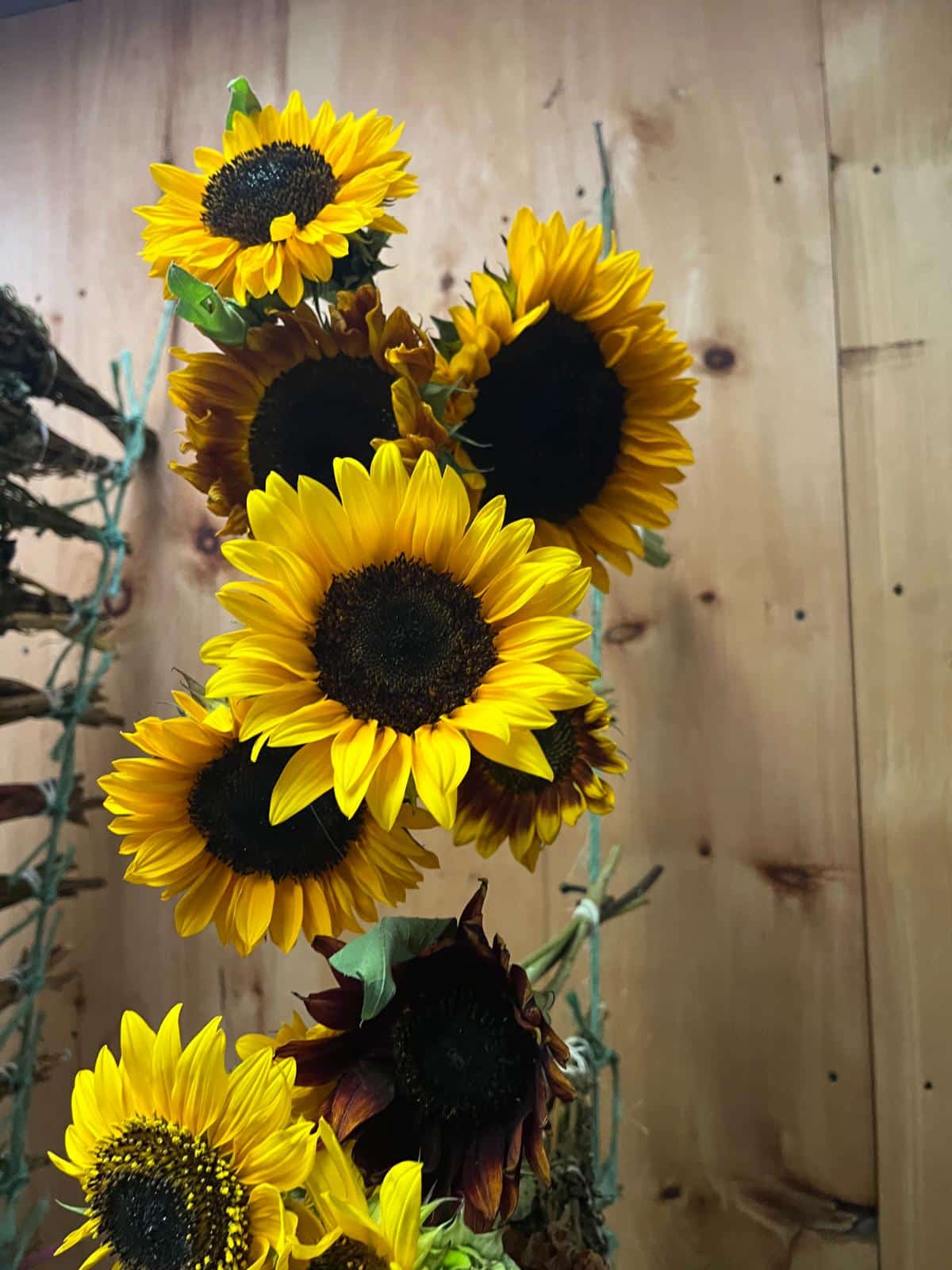
Things like strawflower, statice, hydrangeas, and lavender are lovely, but if you’re looking for something a little more unique for your designs, there are some very nice, less common flowers to consider.
Jump to:
6 Less Common Flowers to Dry for Arrangements and Decorations
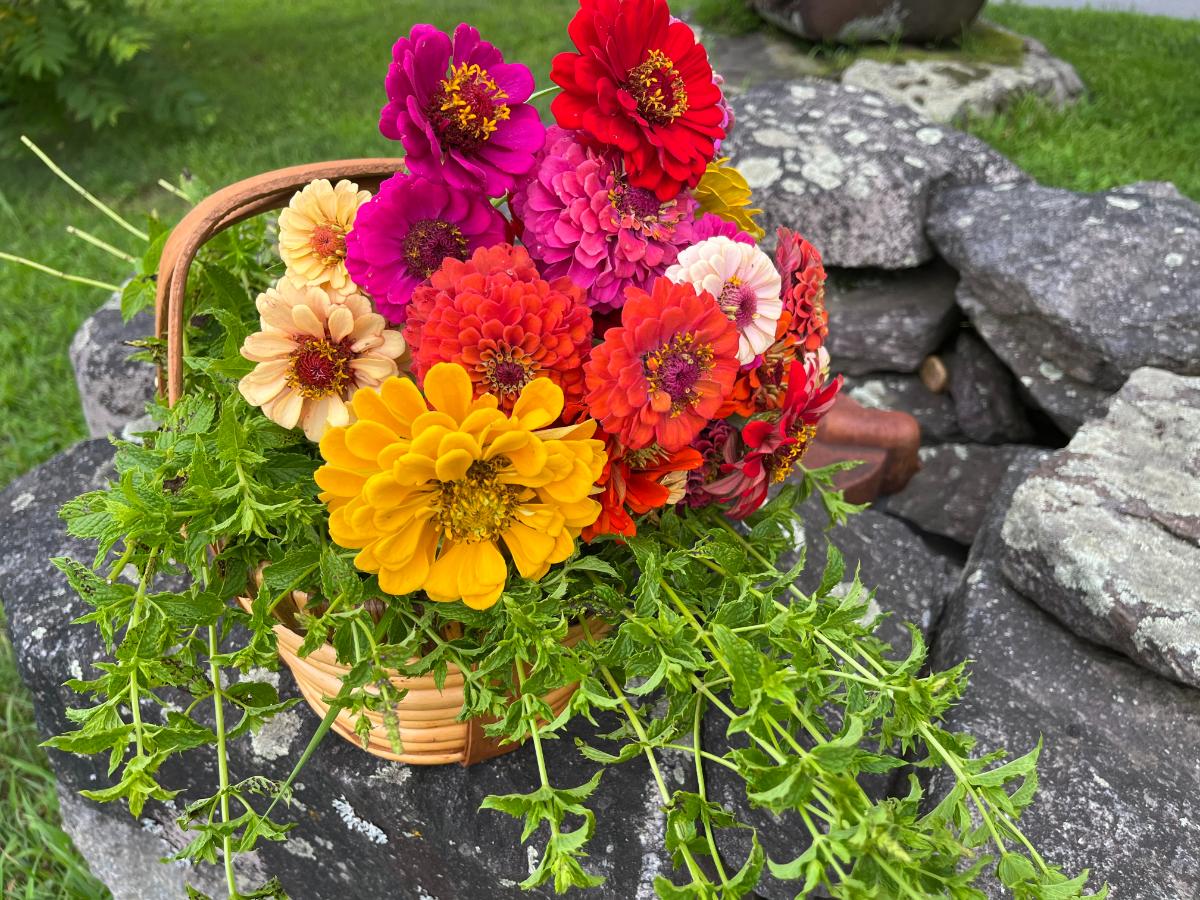
The flowers that are most common for drying are often chosen because they are low moisture, sturdy flowers that are practically dry when they come out of the field. But working only with those flowers is limiting.
These flowers add some unique possibilities to your dried flower arrangements. Because some of them are more delicate, though, they do require a little extra care in handling and drying.
The six flowers on this list include some popular favorites, which is nice so that you can hold on to those harbingers of summer for longer.
Check out these six less common flowers for drying and think about the ways they can be used for unique dried flower arrangements.
1. Sunflowers
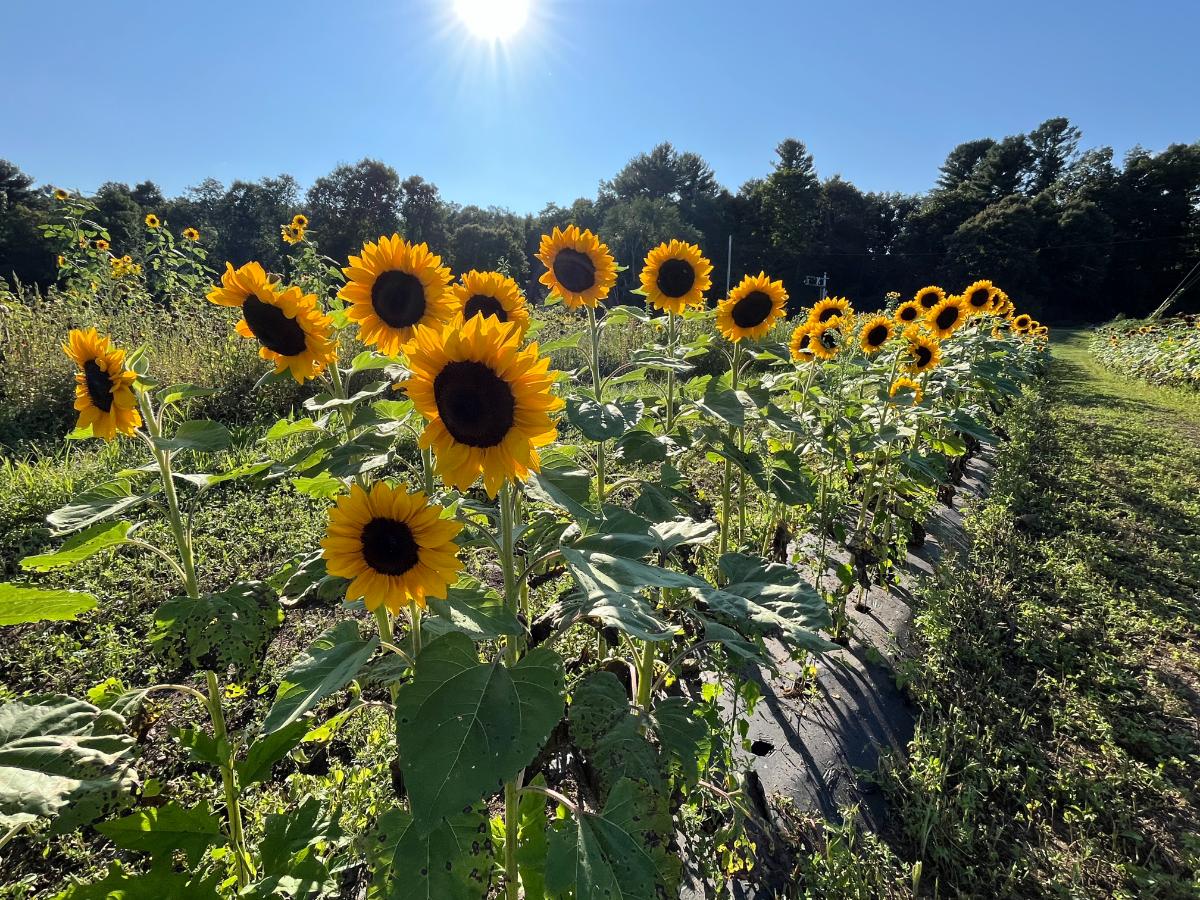
We know we can dry sunflower seed heads for the seeds. That’s fairly common. But you can also dry them for their flowers and use them in long-lasting dried flower arrangements.
It is important to cut sunflowers for drying while they are in their earliest stages of opening so that they hold their petals and dry in a shape that is attractive and useful.
Small to medium sized sunflowers dry the best, and those that have fuller petal arrangements, like the teddy bear types.
2. Peonies

If there is one complaint to be had about peonies it is that their flowering season doesn’t last long enough. You can refrigerate peony buds to save them for blooming later (up to a couple of months). Even those will have a limited vase life, though.
Drying peonies gives you one more way to enjoy these spring-to-summer favorites for much longer. Dried peonies have a pretty, delicate, papery look, and they hold their color well.
The flowers should be cut when they are partially open so that they hold their petals. If the peonies are fully open, the petals will fall rather than dry and hold. Around 50% open works well. You can experiment with buds that are open more or less than this.
Keep in mind that buds that are too tightly closed won’t get enough airflow to hold well once dried and will darken and rot rather than dry.
3. Marigolds
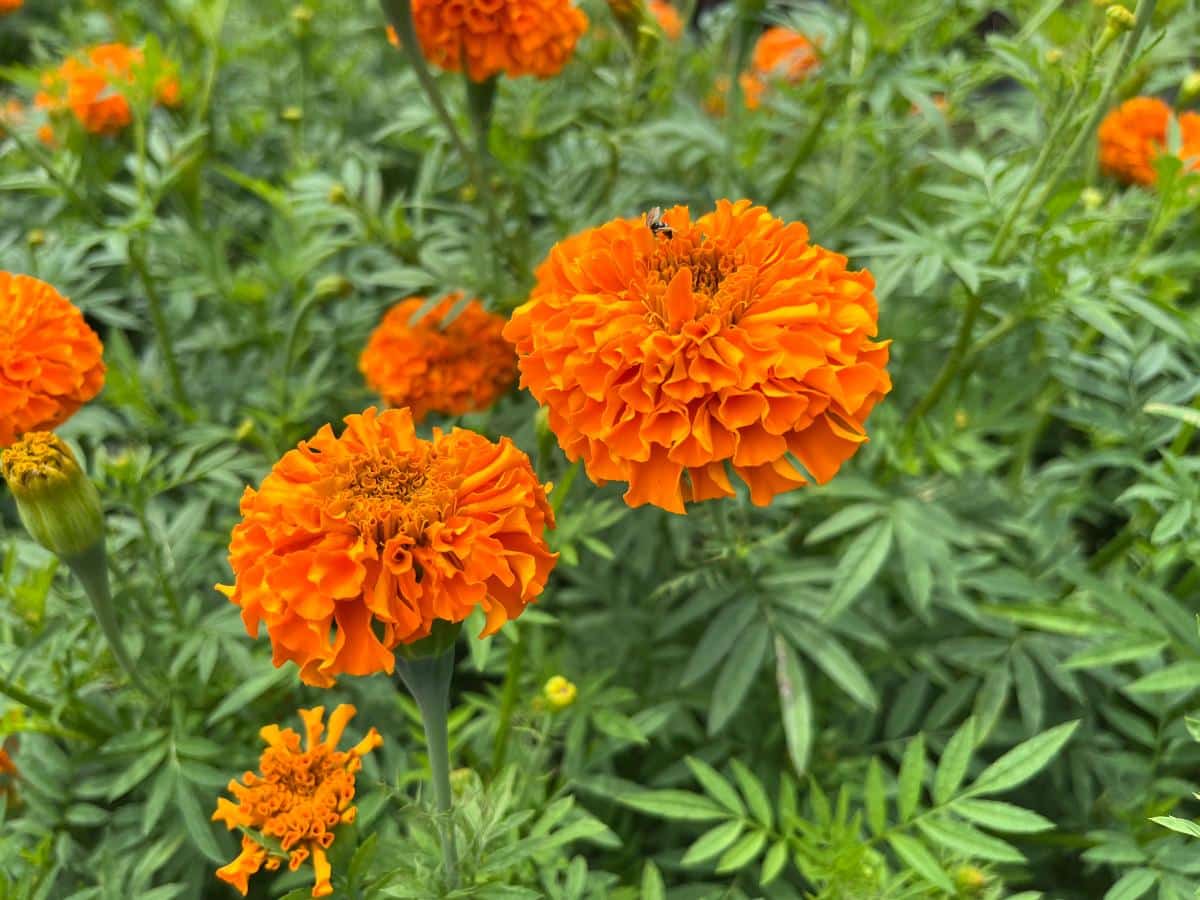
There are several types and many varieties of marigolds. They are long-lasting and bloom continuously all summer, so it’s nice to be able to dry them because you’ll have lots of opportunities for cutting and collecting.
There are a lot of advantages to growing marigolds, too. They’re one of the easiest flowers to grow, the longest blooming, and wildlife and pests don’t care for their scent.
Marigolds are inexpensive to start, whether you buy them as transplants or start your own from seed (and they do start easily from seed).
Deer and rabbits avoid them, as do many insects (though they also make a good trap crop for certain pesky bugs).
Marigolds don’t have to be deadheaded, but they do perform better if they are. That means that cutting flowers for drying (and/or for fresh arrangements) will help keep your marigolds blooming even better.
Cutting flowers for drying will also keep the patch bright and colorful because the flowers won’t brown and die on the plant.
The tall African marigold varieties (which grow up to three or four feet tall) are one of the best options for drying. They have long stems that are a bit thinner and dry well.
As with most flowers (and almost all of these more delicate, uncommon drying flowers), it is better to cut the marigolds while the buds are on the tighter side in their earlier stage of blooming. This will help them hold their petals and shape well.
The bright oranges and yellows of marigolds stay sunny and vibrant when dried, with minimal darkening.
Marigolds tend to have a lot of foliage, especially the shorter varieties. Be sure to strip most or all of the leaves to allow air to get to the stems for better drying.
4. Scabiosa
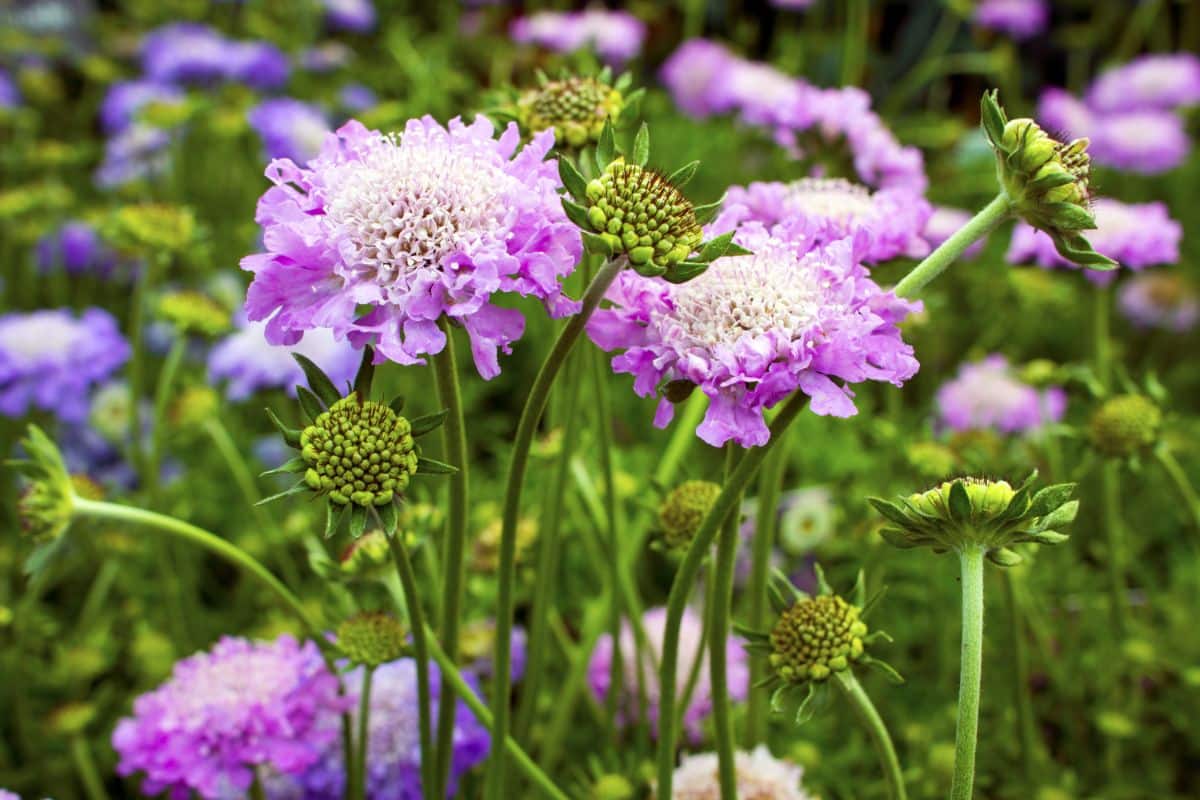
Scabiosa or pin cushion flowers are so delicate looking, you wouldn’t think of them as being appropriate for drying, but they are. Some varieties do dry better than others.
Both the petals and the stems are thinner, so they do dry well without many issues relating to molding or rotting before drying out.
Some types of scabiosa are most loved for their colorful dried petals, but another way to use them is to use their seed pods for texture, interest, and accent in dried flower crafts and arrangements. Starflower scabiosa is a particular favorite for this!
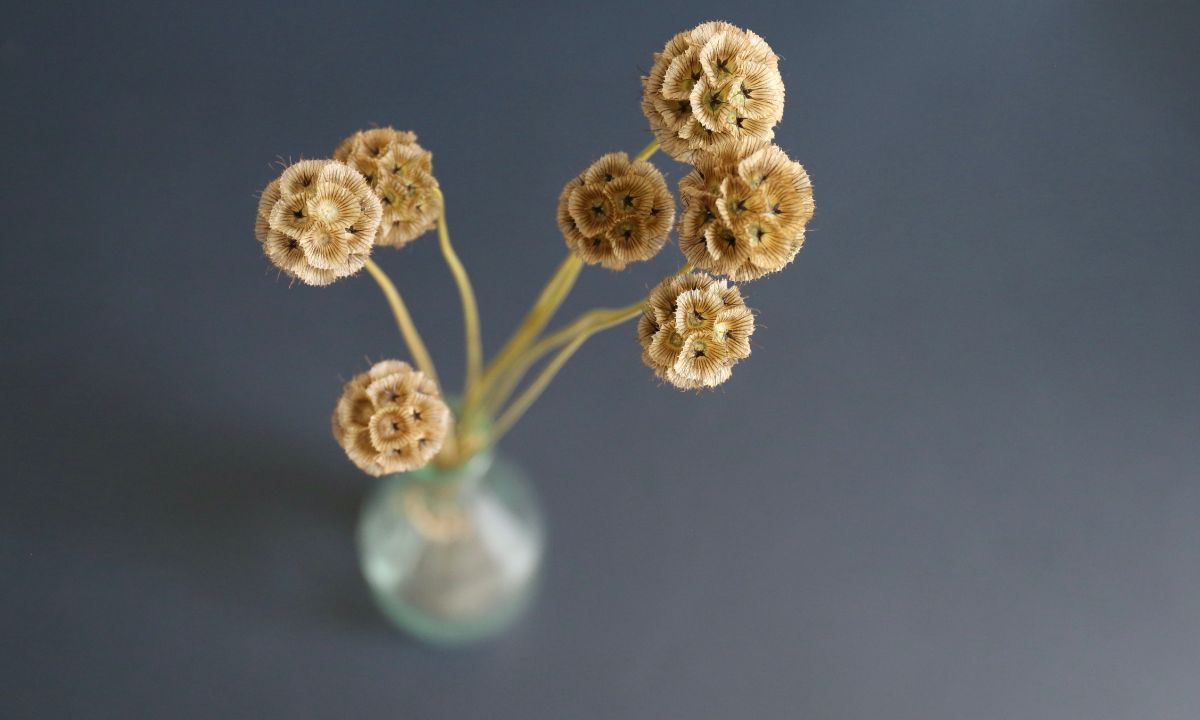
For pods, starflowers should be harvested when the seed heads are green and just starting to turn black in the center. If you wait too long after this point to harvest them, the pods will shatter, and the heads will fall apart.
After they are dried, scabiosa requires a bit of care in handling, so you don’t break the dried flowers or stems, but the wiry stems are surprisingly sturdy.
5. Echinacea (coneflower)

Echinacea or coneflower is popular in perennial gardens. It is a candidate for drying as an accent plant. Coneflower is not one you would harvest as much for its petals, per se. It would be better harvested for its large, dark, somewhat spiky seed heads.
These make a fun and interesting, versatile accent and filler piece in dried flower arrangements, especially those with a fall or winter theme.
Cut the seed heads while they are still tight after the petals begin to fall and fade but before the seed heads open and shatter. This would be a stage a bit before or around the time you might harvest them for seed saving.
6. Black-Eyed Susans
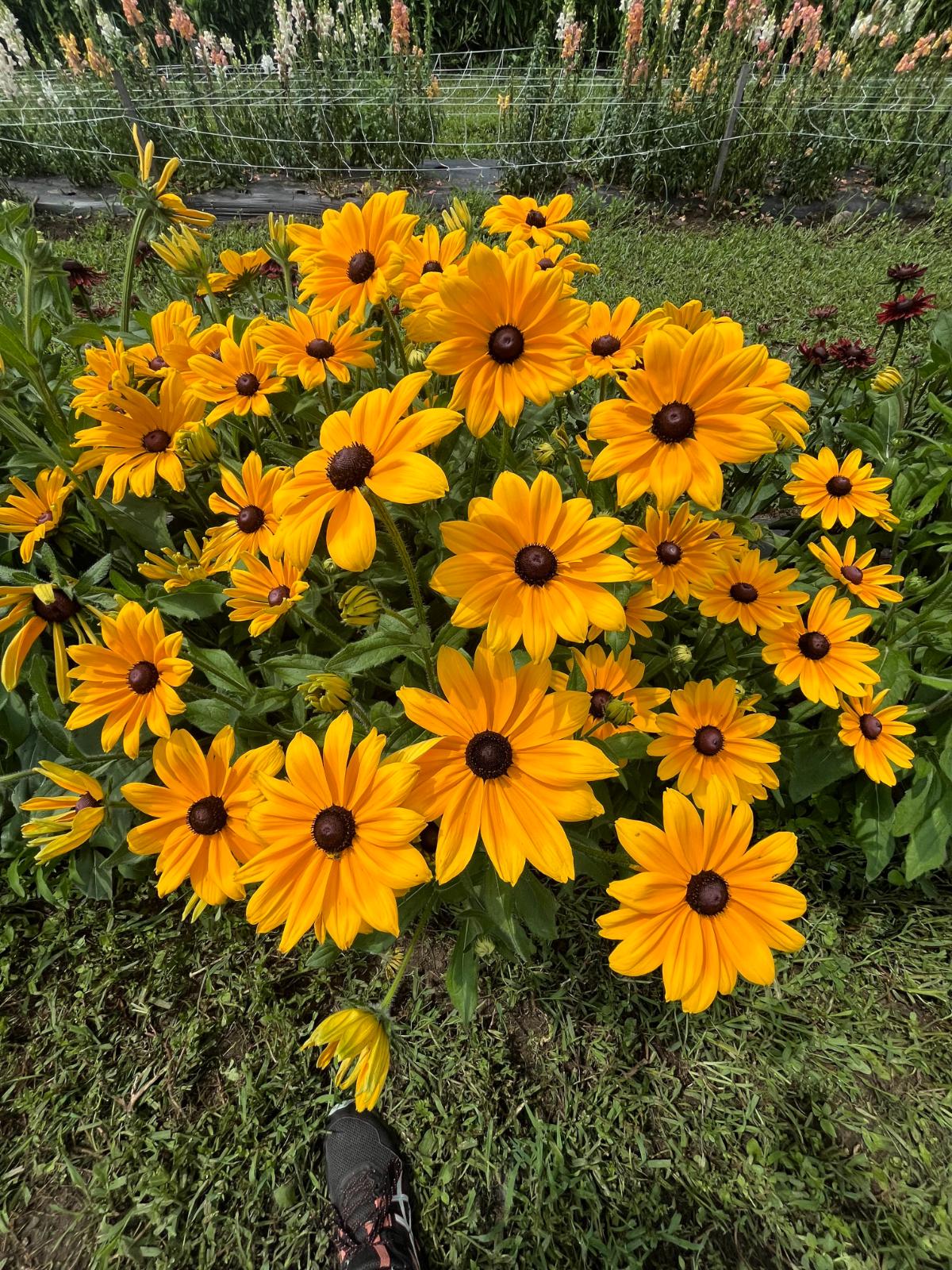
Black-eyed Susans are also one to dry for their centers rather than their petals.
The center of the flower will leave a sort of soft, somewhat fuzzy brown head. Like echinacea, this makes a lovely accent and filler.
You can cut Black Eyed Susans while they are still in bloom, but if you’re drying them it’s easier to take them when they begin to fade because then the petals will die, dry, and fall off on their own.
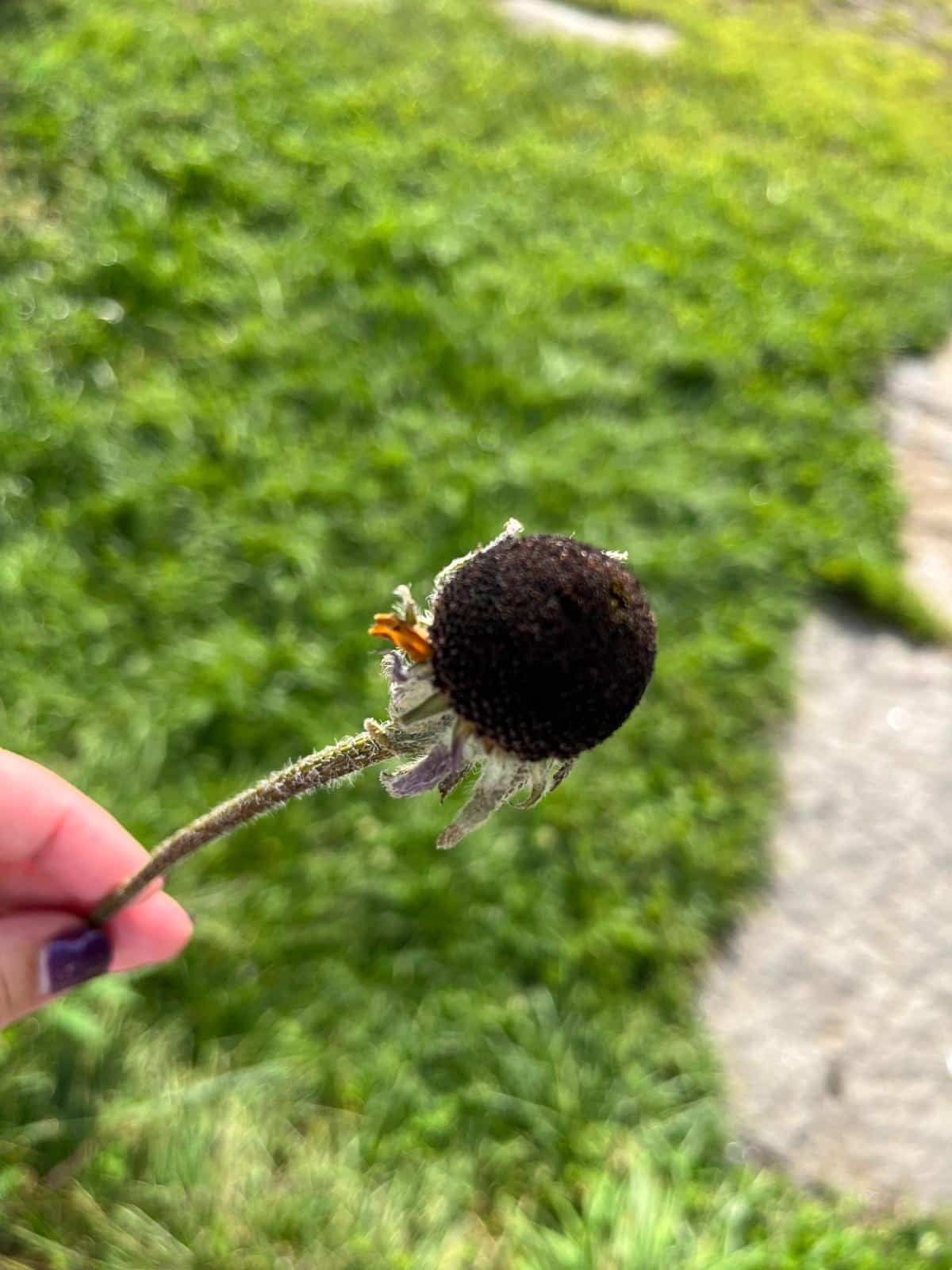
Look for stems that look past their prime, that you wouldn’t necessarily choose for a cut flower arrangement, and whose petals are falling. This makes it easiest to remove the petals (you probably won’t need to do much, if any, work at all if you let them stay in the garden to die back a bit).
Cut at this stage, the stems can be used pretty quickly because they are mostly dead and need only a little more drying.
Drying and Handling Uncommon, Unique Flowers

Because some of these flowers are a bit more delicate, you should take just a little extra care in their handling. Other than that, drying these flowers is no different, really, than drying other types of flowers.
Some of the more delicate types can benefit from drying in a desiccant, but that is an involved process that requires extra supplies.
The old technique of air drying by hanging them upside down in a well-ventilated room out of direct sunlight still works well for these unique dried flowers. The real key to success with these less commonly dried flowers is to harvest them at the right point to help them hold their structure, petals, and/or seeds.
Enjoy working with these unique varieties. Don’t forget to experiment and have fun!

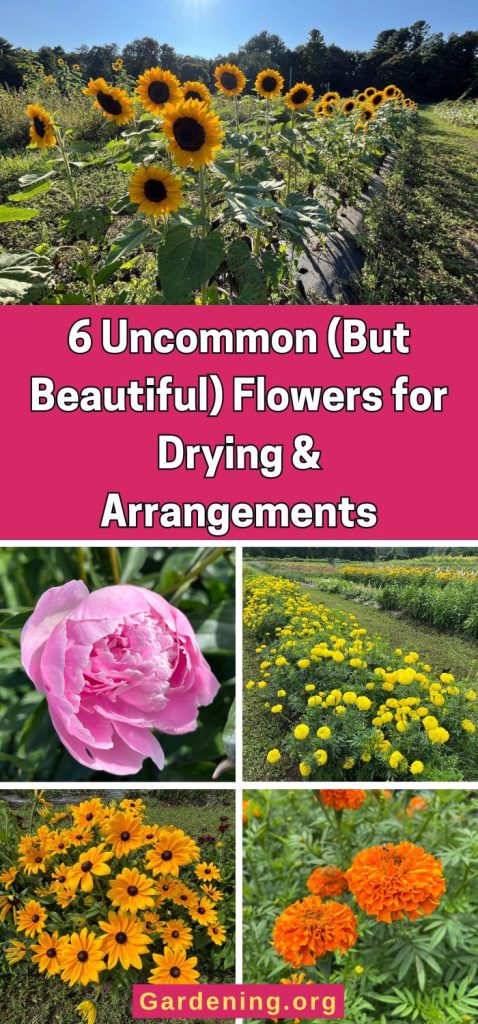
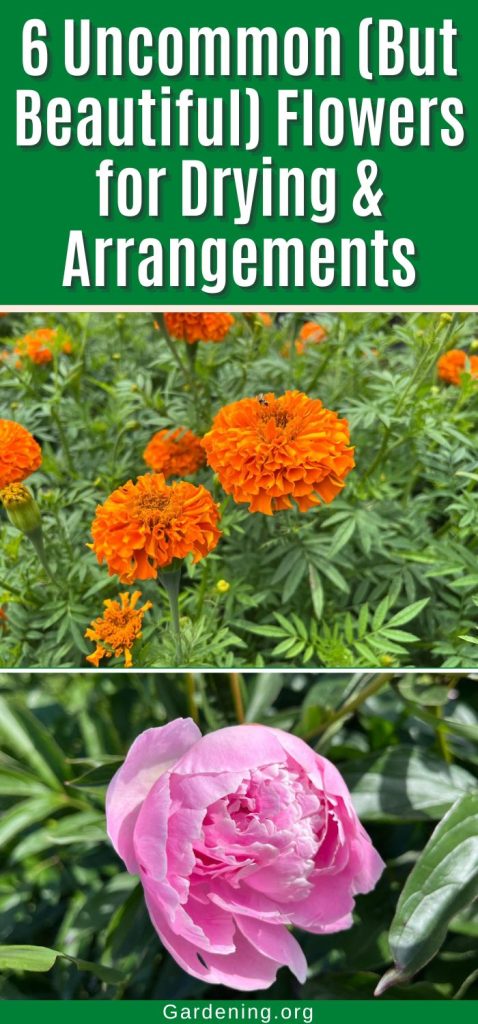
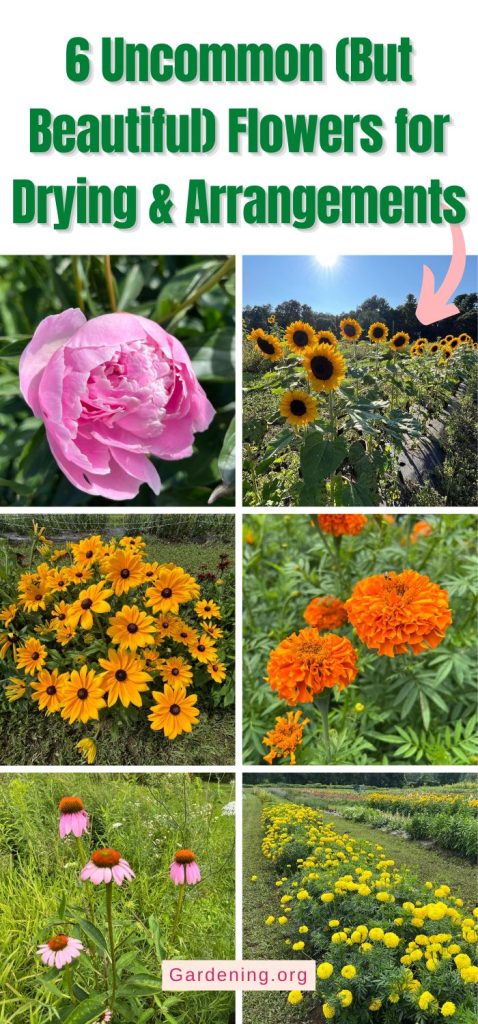
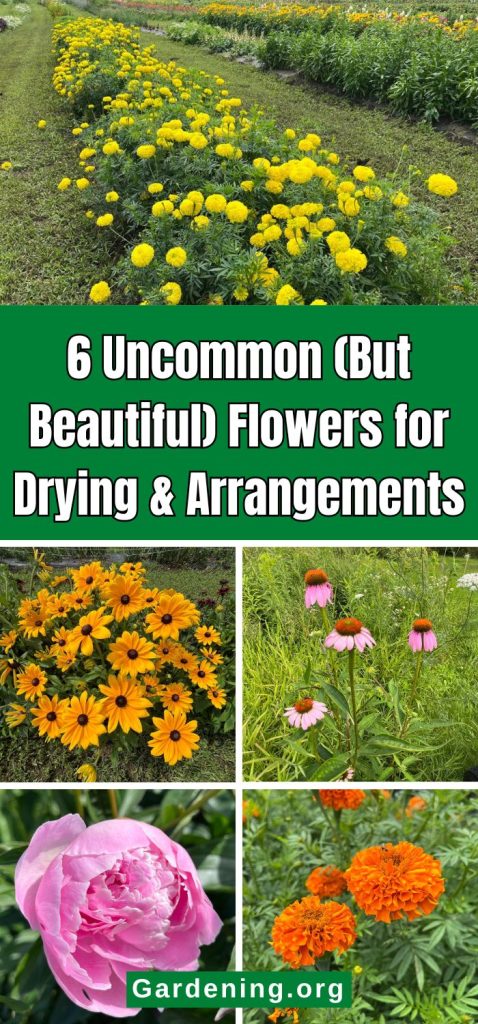

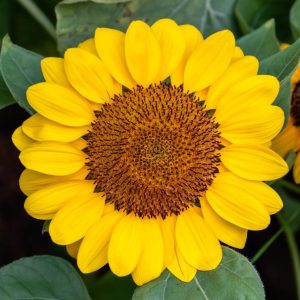
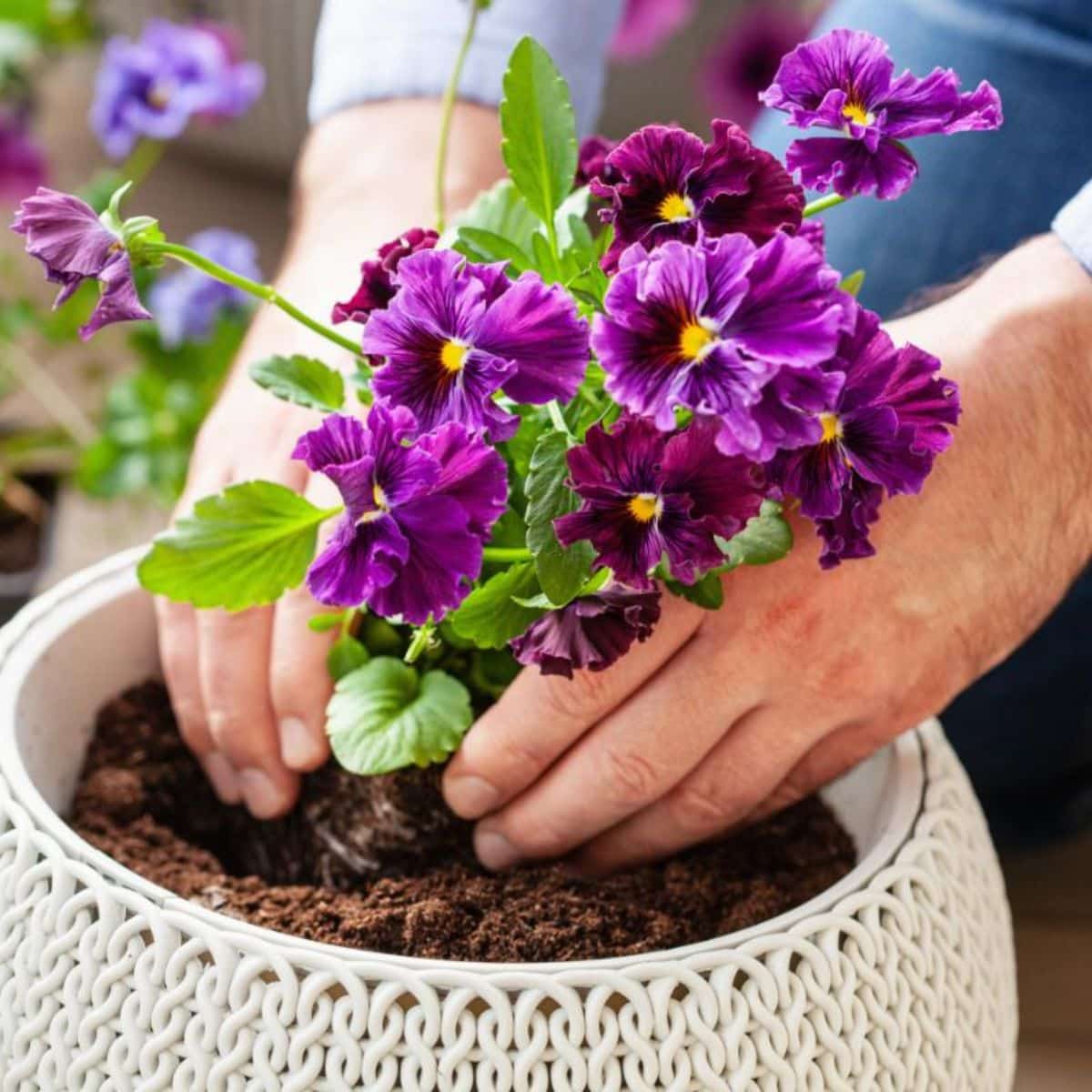
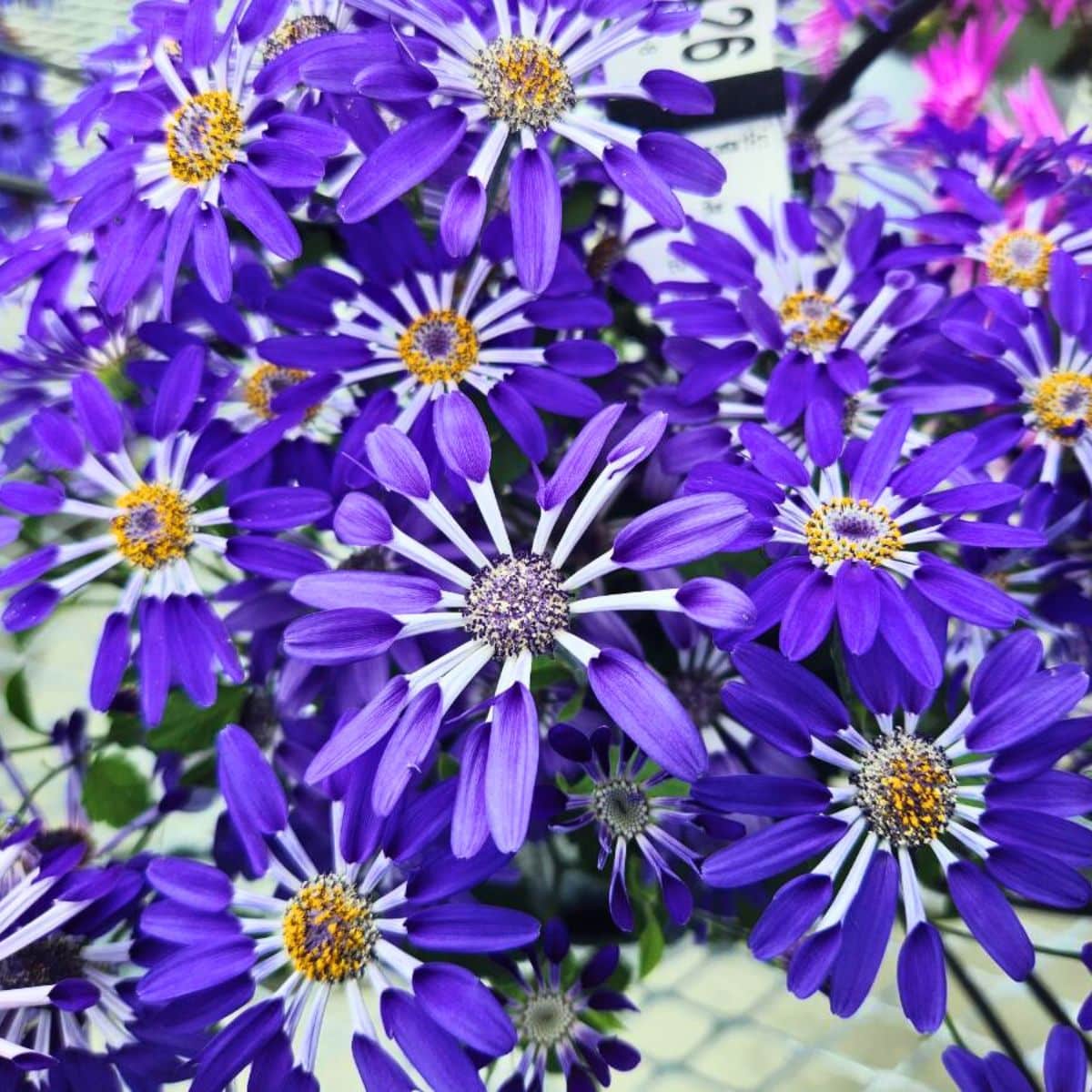
Leave a Reply